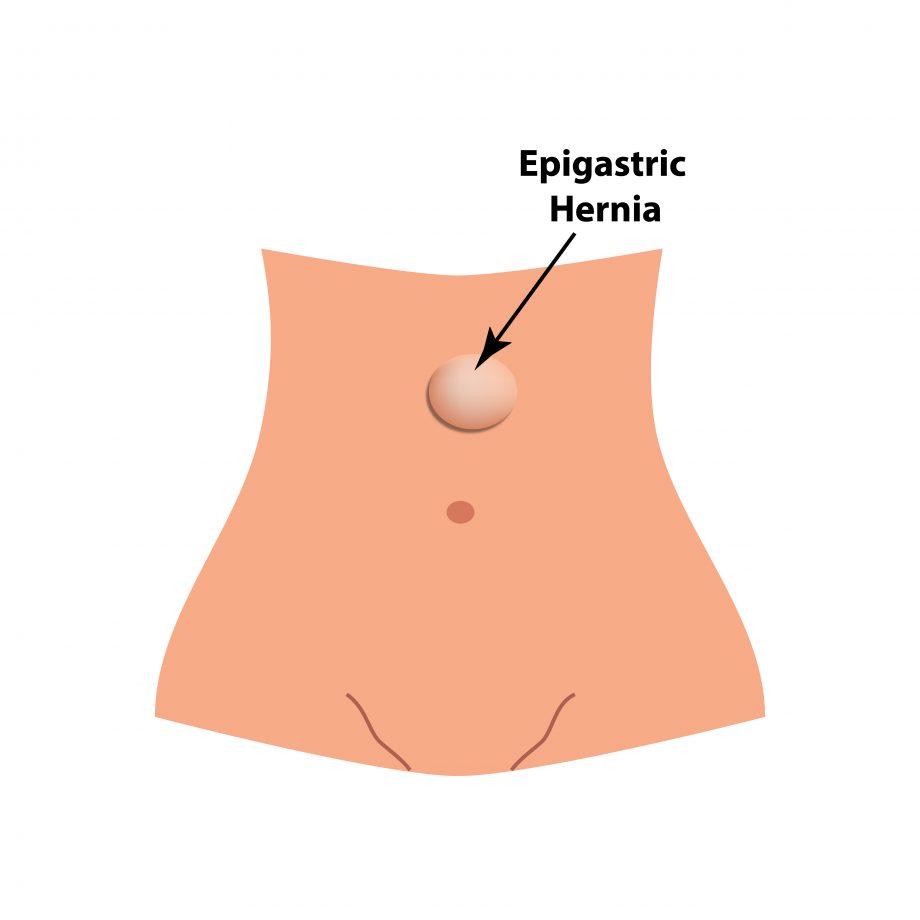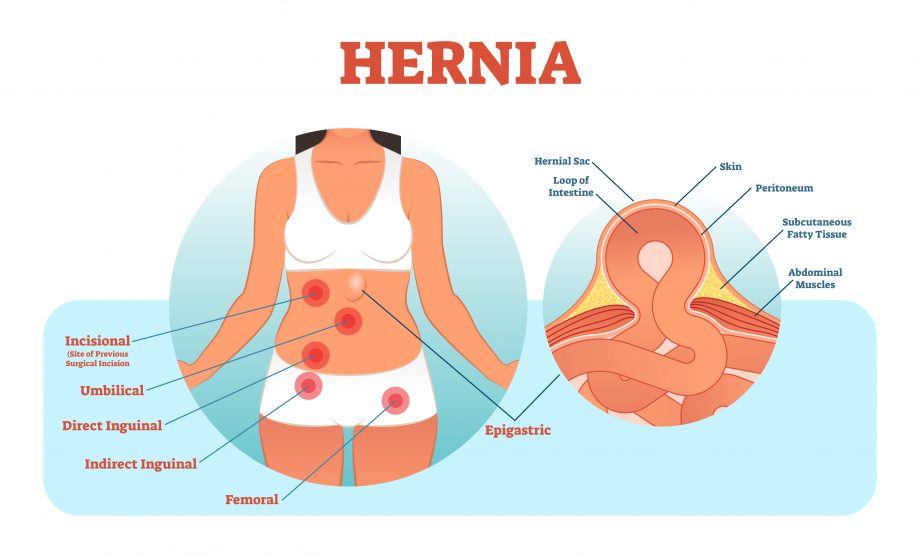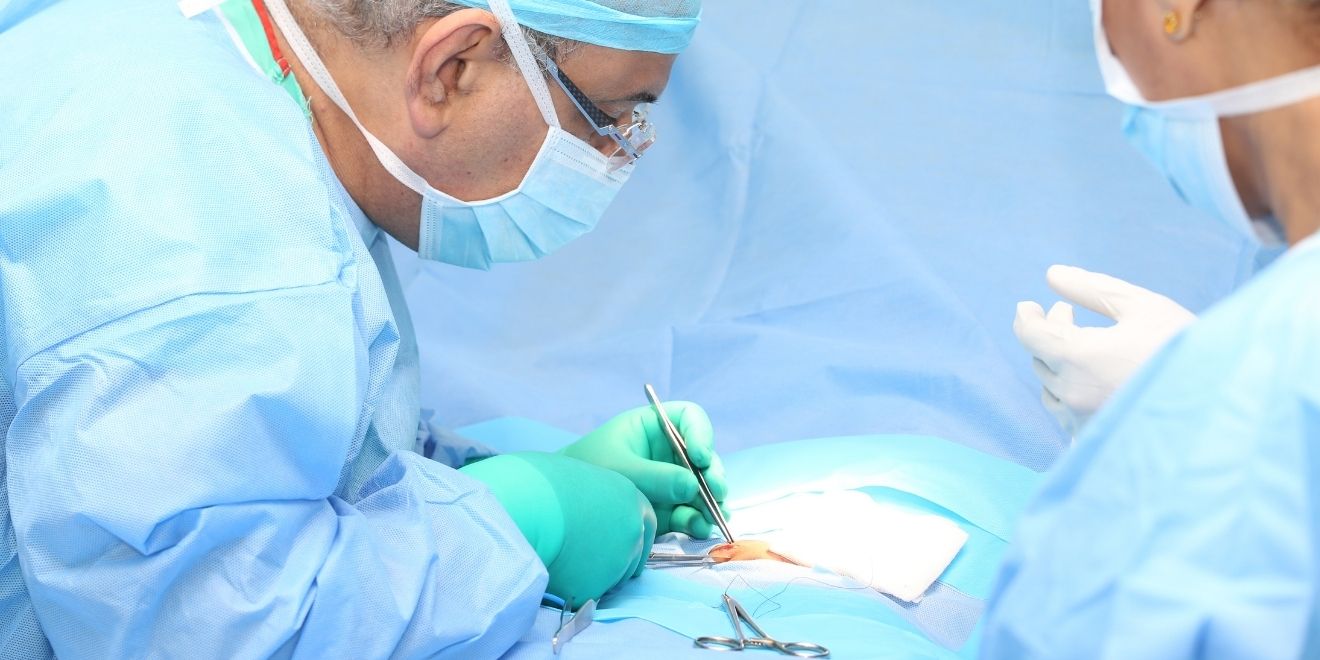
Epigastric hernia mostly occurs in adults, but children may also get the conditions early as when they are born.

The condition presents as a bulge around the area near the belly button even though it’s asymptomatic. Apart from this, several other hernias occur in the abdominal region.
When you start to note lumps near the epigastrium region, it’s time to visit your health physician. The condition can also manifest in newborns and present as lumps when they are born.
Additionally, epigastric hernias in adults are not always uncomfortable. You might have some and go for a long time without detecting them. It’s because most of these are smaller in size.
Understanding Epigastric Hernias
One day you might look in the mirror while getting dressed and notice a lump on your abdomen. Small-sized lumps aren’t uncomfortable and can go unnoticed for a long time if you note that you have an epigastric hernia.
However, larger lumps are another story altogether. They can be quite uncomfortable and even painful. The epigastric hernia discomfort results from fat cells in your abdomen pushing through weak abdominal wall points.
Once that takes place, these fat cells collect into a lump that varies in size.

Hernia types vector illustration and cross-section of muscle rupture and hernial sac. Health care informative poster.
As more fat cells are collected, the lump becomes more extensive and painful as it pushes against your abdominal wall.
But what causes these epigastric hernias?
Causes of Epigastric Hernia in Humans
Babies have epigastric hernias that can grow in size as they get older. At times, their abdomen’s abdominal tissue doesn’t fully close up, leaving space for the fat cells to push through.
[embedded content]
However, in adults, there are numerous epigastric hernia causes that you must keep in mind.
- Being pregnant
- Having extra weight
- Being prone to constant coughing
- Physical work
- High-intensity training/workout like weight lifting
- Advancing in age
- Constant vomiting
- Genetic inclination
All these causes are related to weaknesses in your abdomen that lead to epigastric hernias occurring. You must get a physical exam or a CT scan to identify them and proceed to treatment.
How to Treat Epigastric Hernias
How are epigastric hernias repaired?
By now, this must be the question at the top of your mind. There are different ways to treat epigastric hernias in both children and adults. You can opt for surgery or try epigastric hernia treatment without surgery.
Before panic sets in, it’s important to note that many of these hernias don’t pose any threat to your life. You can now breathe easy and research the best treatment method to follow to get rid of them.
One of the reasons you might not know early on that you have an epigastric hernia is its slow development. Some hernias take years before they’re physically visible on the area above your belly button. It’s only when the pressure in your body exceeds normal that they bulge out, and you notice them.
[embedded content]
You can opt to get surgery in terms of treatment, which is the most straightforward way to repair them. Surgery is available in 2 ways, and the choice depends on you. You can choose to have:
- Laparoscopic Surgery: It’s a procedure where the surgeon uses tools and a camera to perform the surgery. For smaller hernias, this is the best procedure that gets you the best repair.
- Open Surgery: It’s done by a surgeon who makes an incision on the abdominal wall and starts making repairs on the weak spots.
While surgery is one of the best options for epigastric hernia recovery, it carries higher risks if you’re obese or overweight.
Risks Associated with Epigastric Hernia Surgery
Any surgery carries a certain percentage of risks with it, and this factor is higher when you’re obese. It would be best to consider these risks before choosing surgery as the best option for repair. For example, you can develop epigastric hernia complications due to the surgery lengthening your recovery period.
Other risks associated with epigastric hernia surgery include:
Epigastric hernia recurrence
When you’re overweight, surgery might not be the most effective way to repair the hernia. The risk of another hernia appearing after the surgery is high, and it’s best to find an alternative solution.
Possibility of Infection
Open hernia surgery means the surgeon cuts through your abdominal wall to repair.

There’s a high chance of the wound not healing properly and getting infected over time.
Risk of Blood Clot
Surgery is not the best solution for obese people. You have a higher risk of developing a blood clot, which can be fateful after the surgery. The clots occur in your legs but tend to travel up the veins to the lungs.
With such risks, you must take some action before you decide to get the epigastric hernia surgery. For example, you can explore epigastric hernia and weight loss as a way to prepare your body for a successful surgery.
Also, you can altogether avoid getting epigastric hernias by watching what you eat.
Foods that Contribute to Epigastric Hernia Development
An epigastric hernia occurs when certain spots in your abdominal wall are weakened over time.
The foods you eat daily are a significant contributing factor to the weakness, and it’s best to avoid them. These include highly acidic foods, and it’s best to go on an epigastric hernia diet.

The epigastric hernia foods to avoid:
- Onions
- Garlic
- Highly citric foods like lemons, grapes, oranges, and their juices
- Meals full of spices
- Chocolate
- Fast foods full of fat
- Alcohol beverages
- Tea and coffee
- Milk and other dairy products’
- Fizzy drinks
Healthy Diets as a Way of Treating Epigastric Hernias
Cutting out certain foods from your diet helps your abdominal wall remain healthy, and you avoid the development of epigastric hernias. Apart from changing your diet, you can turn to epigastric hernia and exercise to reduce fat in your abdominal region.
Though surgery is a great way to repair the abdominal wall, the problem remains if you eat the same. You must change your means and start enjoying a more ketogenic lifestyle to lose weight.
People with excess weight are at a higher risk of developing painful epigastric hernias. Therefore, losing weight is the right solution that carries with it fewer risks as opposed to surgery. Embrace a keto diet to reduce the number of carbs you take and replace this with more fat and protein.
The result is your body burns fat faster and lowers the risk of fat cells being pushed through your abdominal wall.
Conclusion
An epigastric hernia can be quite uncomfortable or painful when it gets larger. However, smaller lumps may go unnoticed. One way to avoid getting these hernias is by watching what you eat and exercising.
However, you can opt for surgery to remove the hernia though it carries a certain amount of risk. Alternatively, you can start solving the problem by changing your diet and cutting off certain foods from your diet.

Let us know of any questions or comments you have by leaving a comment below.
Author’s bio: My name is Adam Reeve and I have been a professional personal trainer and fitness instructor for over 10 years. Also, I’m a life coach, carb diet enthusiast, and wellness writer on fitoru reviews.



